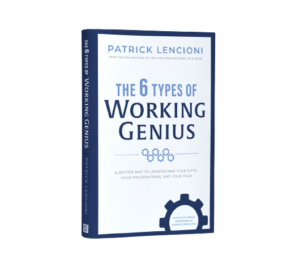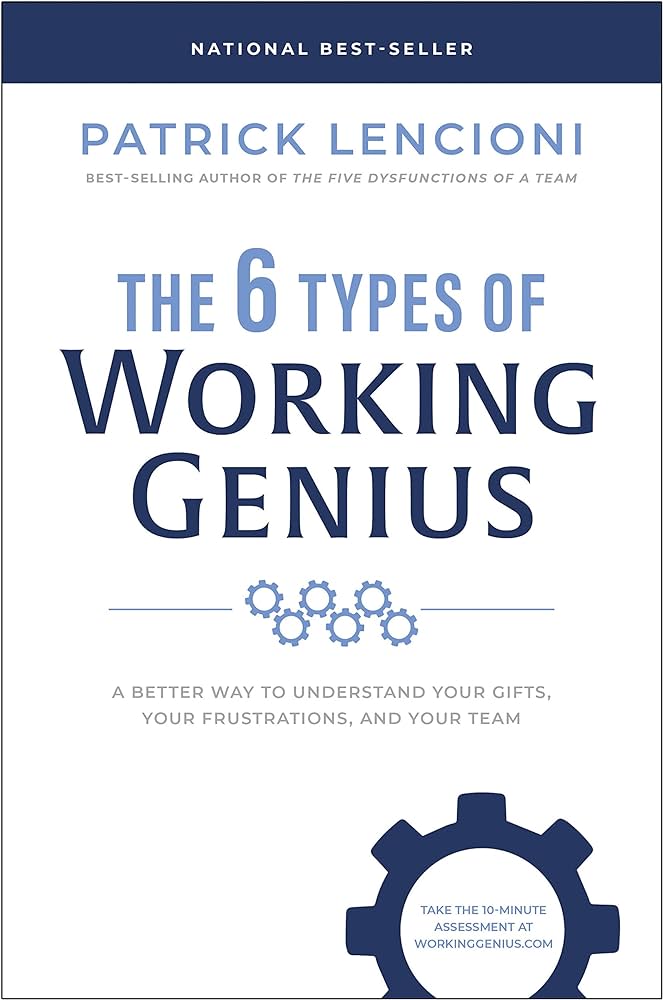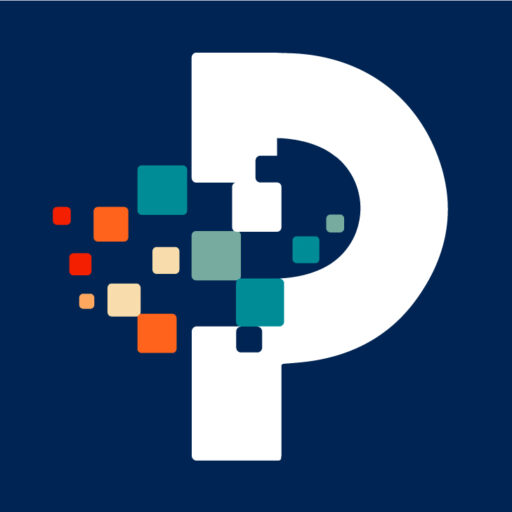Book Review – The 6 Types of Working Genius: A Better Way to Understand Your Gifts, Your Frustrations, and Your Team
The 6 Types of Working Genius: A Better Way to Understand Your Gifts, Your Frustrations, and Your Team
Patrick Lencioni
Matt Holt Books: Dallas, TX
228 pages

Patrick Lencioni’s books have become staples of business leadership. In his latest book, The 6 Types of Working Genius, Lencioni and his colleagues from The Table Group get to the very heart of business: the working of the work. What kind of work makes your heart soar? And what kind of work makes your head sore? Where do you feel successful? Where do you feel like you always struggle?
As is his fashion, Lencioni introduces the idea of the types of working genius through a fable, one that brought at least one of my colleagues to tears as they recognized themselves in the narrative. As the story unfolds, our narrator is the CEO (CHIEF EXECUTIVE OFFICER) and he and his (then) team come to terms with the challenges they face in the work. The narrator begins by walking through his work history, which is punctuated by something he came to know as the “Sunday blues,” a condition of dread about going to work on Monday morning. The Blues have returned, and this is particularly disconcerting because this was/is the ideal job for our narrator. Throughout the unfolding of the fable, we follow the current team and work environment. By the end, we have the six types of working genius described and clarified.
With a touch of clever construction, the initials of the six types spell the word “widget,” a term that many business students know well: Wonder, Invention, Discernment, Galvanizing, Enablement, and Tenacity. Lencioni groups wonder, discernment, and enablement together as responsive geniuses, while invention, galvanizing, and tenacity are disruptive forms. Each has their place and time in the life of an organization. Team members and those building those teams are wise to note how these working geniuses show up among and between the players and the work they do.
The fable sees the process through to the creation of a replicable assessment that can be used to discern the composition of teams towards identifying the strengths, competencies, and growing edges of current members – and where there may be gaps to fill. The assessment is brief. It clarifies which two are your “working geniuses,” which two show that you have competency, and which two are your frustrations. For many of us, the frustrations are those that give us the blues, the places where it takes so much work just to show up to the task let alone to complete it. When we operate within our working genius, we often enter the state of “flow,” losing a sense of time and feeling swept into delight, effectiveness, and productivity.
As the subtitle indicates, the value in this book is the way it provides personal insight into what brings us joy in our work, as well as what wears us down (and, why both of those occur). Equally as important, it provides insight into our teammates. This approach employs a different lens than those offered by the MBTI, DiSC, or other personality assessments. This is primarily about work, what we bring to it, and where we get stuck. While the frame is a business setting, the characters exploring the work often cite friends and family as sources of information in confirming their types. There is no doubt that nonprofits, faith groups, and other leaders will find a rich treasure trove of insight here that might just allow for the kind of shifts we need towards attraction, retention, gratification, and fun in the workplace.


